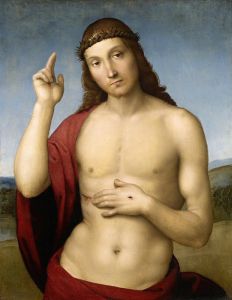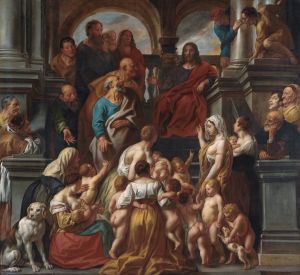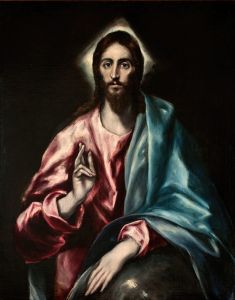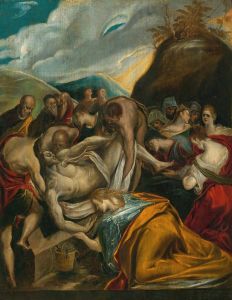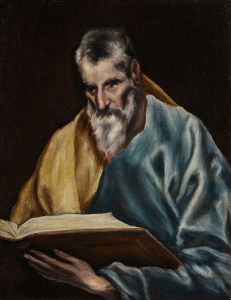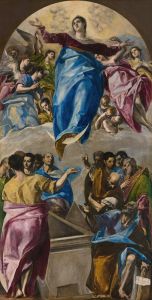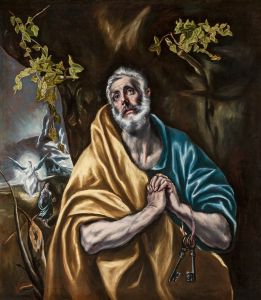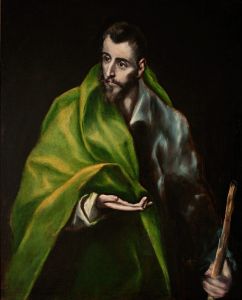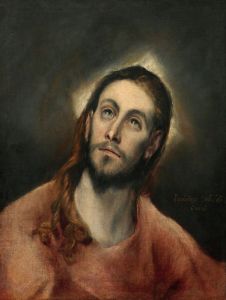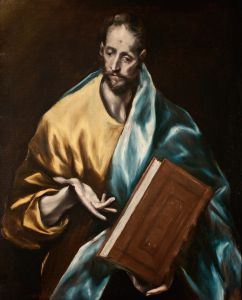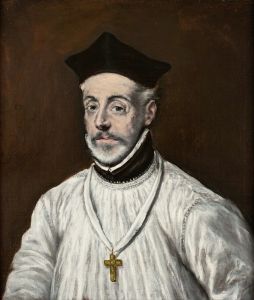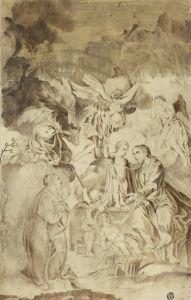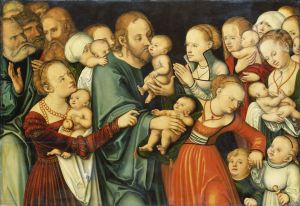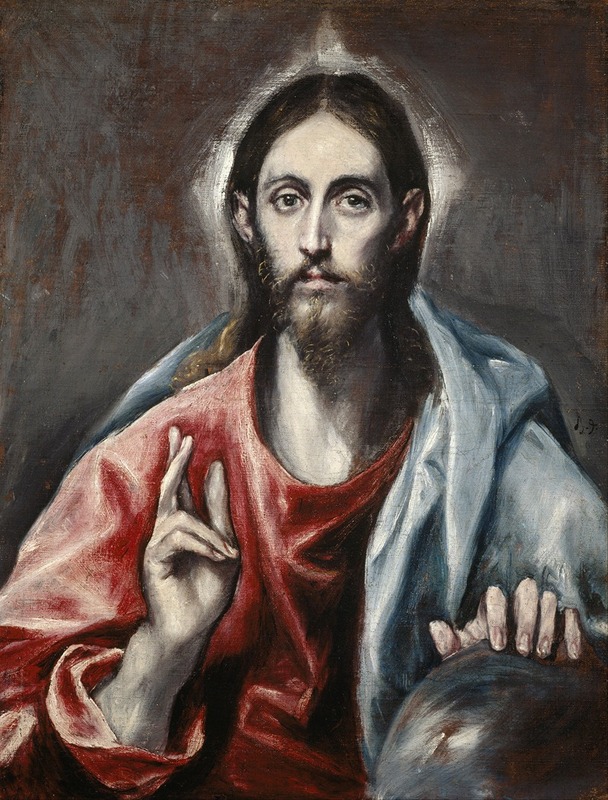
Christ Blessing
A hand-painted replica of El Greco (Domenikos Theotokopoulos)’s masterpiece Christ Blessing, meticulously crafted by professional artists to capture the true essence of the original. Each piece is created with museum-quality canvas and rare mineral pigments, carefully painted by experienced artists with delicate brushstrokes and rich, layered colors to perfectly recreate the texture of the original artwork. Unlike machine-printed reproductions, this hand-painted version brings the painting to life, infused with the artist’s emotions and skill in every stroke. Whether for personal collection or home decoration, it instantly elevates the artistic atmosphere of any space.
"Christ Blessing" is a painting by the renowned artist El Greco, whose real name was Domenikos Theotokopoulos. El Greco was a prominent painter, sculptor, and architect of the Spanish Renaissance, known for his distinctive style that combined elements of Byzantine traditions with Western painting techniques. Born in Crete in 1541, El Greco spent significant periods of his life in Italy and Spain, where he developed his unique artistic voice.
The painting "Christ Blessing" is a notable example of El Greco's mature work, showcasing his characteristic elongated figures and dramatic use of color and light. The artwork depicts Christ in a frontal pose, with his right hand raised in a gesture of blessing. This gesture is a traditional representation in Christian art, symbolizing Christ's role as the savior and his divine authority. In his left hand, Christ holds a globe, which is often interpreted as a symbol of his dominion over the world.
El Greco's portrayal of Christ is marked by an ethereal quality, achieved through his use of vibrant colors and expressive brushwork. The figure of Christ is elongated, a stylistic choice that El Greco frequently employed to convey spiritual transcendence and otherworldliness. The background of the painting is typically dark, which serves to highlight the luminous figure of Christ, drawing the viewer's attention to his serene yet commanding presence.
The painting reflects El Greco's deep religious conviction and his ability to convey complex theological concepts through visual art. His work often included elements of mysticism, and "Christ Blessing" is no exception, as it invites contemplation of Christ's divine nature and his relationship with humanity.
El Greco's style was initially met with mixed reactions, as it diverged from the naturalism that was prevalent during the Renaissance. However, his work gained appreciation over time, and he is now celebrated as a precursor to both Expressionism and Cubism. His influence can be seen in the works of later artists who admired his bold use of color and form.
"Christ Blessing" is housed in various collections, with versions of the painting found in institutions such as the Louvre Museum in Paris and the Metropolitan Museum of Art in New York. Each version may exhibit slight variations, reflecting El Greco's evolving style and the different contexts in which he worked.
El Greco's legacy endures through his innovative approach to composition and his ability to infuse his paintings with spiritual intensity. "Christ Blessing" remains a testament to his skill in merging the divine with the artistic, offering viewers a glimpse into the profound religious and artistic sensibilities of one of history's most enigmatic painters.





